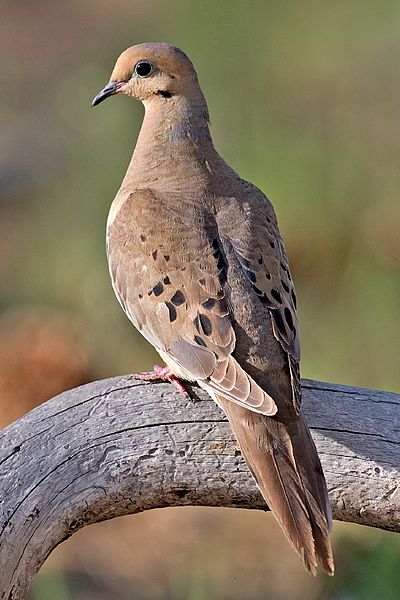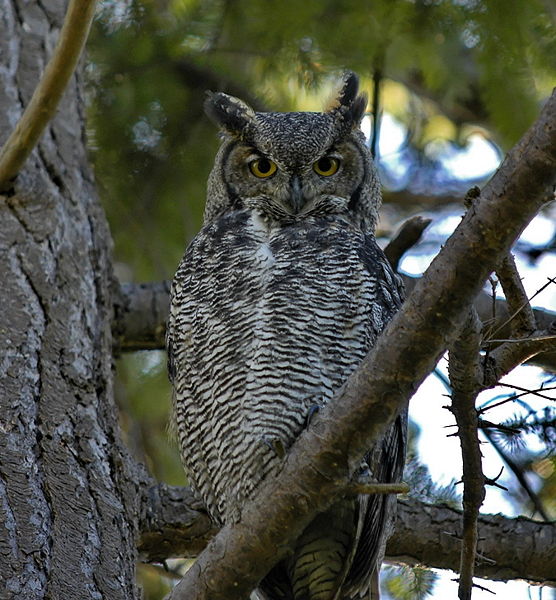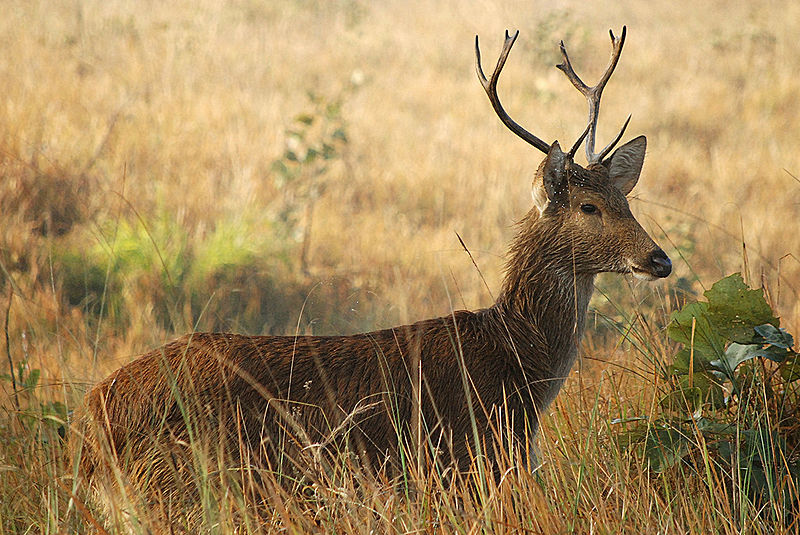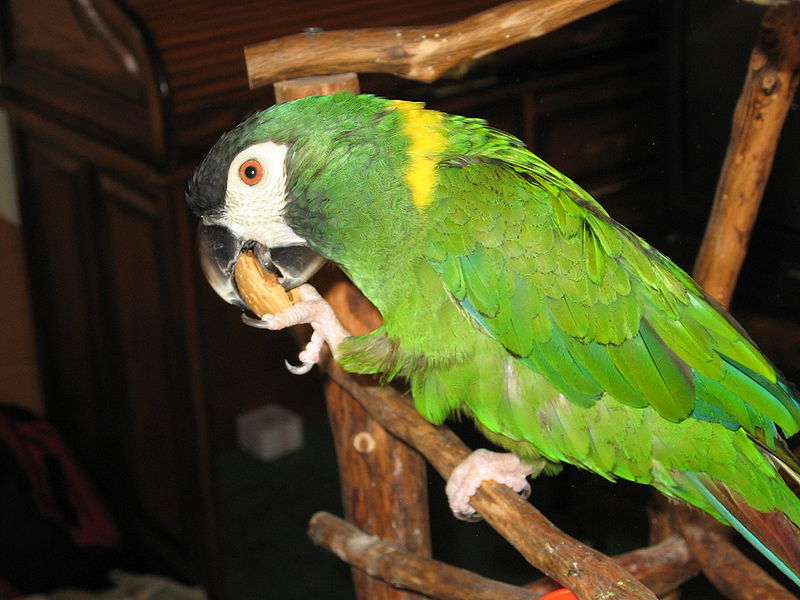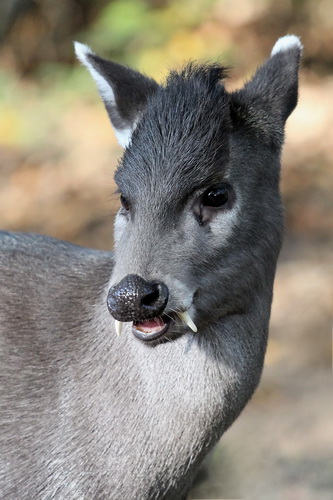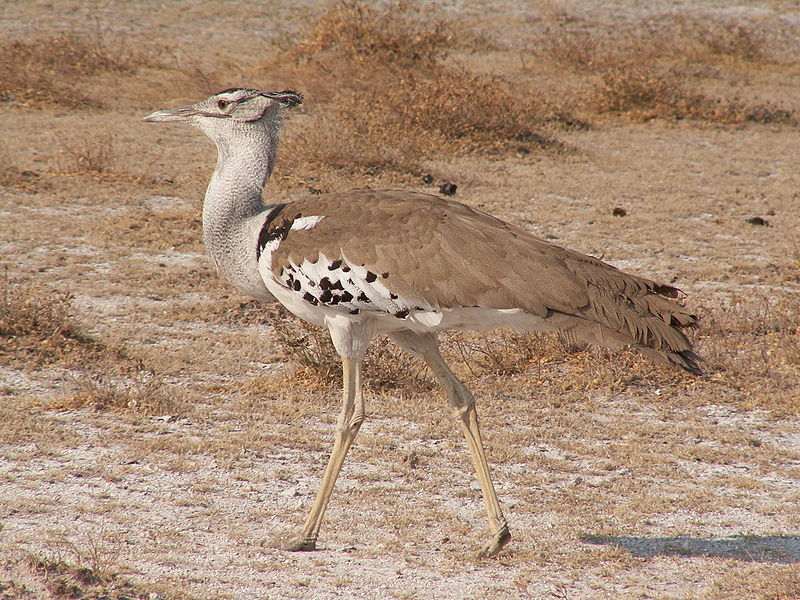
Somehow this week of Wild Facts went to the birds. I have no idea how but I figured we might as well end the week with another one of our feathered friends. Today’s incredibly interesting bird species is the Kori Bustard, which can be found on the African continent. Actually, there are two sub-species for this particular bird, the East African Sub-Species which can be found in Ethiopia, Tanzania and Kenya. The other Sub-species is the Southern Sub-Species, which can obviously be found in the southern countries such as Botswana, Namibia, Zimbabwe and of course South Africa. To keep things simple, we are just going to look at the species as a whole.
Yesterday, we talked about one of the largest members of the Kingfisher family. Well, today we are learning about one of the heaviest birds that can actually fly. I know, I know…just how heavy is the Kori Bustard? The male, which is larger than the female, can weigh up to 20 kg (44 lbs), which makes you wonder how in the world they are able to lift off? To tell you the truth, I have no idea but their large wing span of 2.75 m (9 ft) probably helps them out. So what does a bird need to eat to get so heavy?
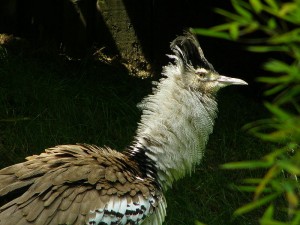
Believe it or not the Kori Bustard has a diet comprised mainly of hot dogs, pizza and chocolate. Ha! You probably thought I was going to say that they eat insects, reptiles, small mammals and of course seeds and berries. This would have made sense since it is exactly what the Kori Bustard feeds on. Just so you know, the Kori Bustard is more carnivorous than other Bustard species, so perhaps this is why they weigh so much more. Or maybe they eat other animals to get the required energy to run such a big body – I guess we will never know for sure.
Kori Bustard Fast Fact – During mating season the males are capable of inflating their throats to 4 times its normal size just to try and impress the little lady Bustard. The impressive thing is, once the male has mated with a female, he will immediately begin searching for another mate. Absolutely no loyalty with this species.
So it looks like we are at the end of another week of Wild Facts. I hope you enjoyed soaring the skies this week. Take a nice break this weekend and I will see you back here on Monday.

